As a member of the EU, Finland cannot stay on the sidelines when the security of its near neighbourhood or regions elsewhere in Europe is in danger.
Finland welcomed the restoration of the independence of Estonia, Latvia and Lithuania. In terms of security policy, this was seen as a positive trend in the context of international development: Russia supported the restoration of their independence, and it was backed by the development of security and cooperation in Europe; the opposition of East and West had subsided. Security guarantees and joint protection were not topical questions for Helsinki.
Russia’s attitude towards the Baltic states started to change in the late 1990s, when the issues of accession to the European Union and NATO dominated the Baltics’ security policy planning.
The Finnish attitude to the security of Estonia and other Baltic states has undergone an extensive development during the past ten years, and this will undoubtedly continue. This article will focus on the security policy of the Baltic Sea region and Finland.
Finland first “surprised” by Baltics’ NATO membership
The Baltic states’ applications for NATO membership came as a surprise to Finland, but when accession was completed in 2004, opinions subsided. It was thought that NATO membership would cement the international position of the states in question. This was also powerfully strengthened by acceding to the European Union at the same time. The Baltic Sea region became more stable.
In 2004, relations between Russia and NATO were still in working order but Russia’s attitude towards the enlargement of the alliance was critical. It caused the country to reinforce its military equipment in the region, but no dramatic countermeasures were adopted to create serious tension.
At the time, the Baltic Sea region developed quickly and in a positive direction, and it was an object of healthy interest.
Finland was happy with the development of its near neighbourhood. The government’s security reports in 2004 and 2009 stated that the enlargement of the EU and NATO, as well as political and economic changes in Russia, had stabilised the situation in the region around Finland. True, it was thought that Russia’s use of military force in Georgia in 2008 would influence thinking on security in Finland’s neighbouring areas.
While many Western states (including Sweden) were reducing their defence spending and developing international crisis-management capabilities, Finland continued to develop its defence capability. NATO membership was discussed, but relations with the alliance continued in the form of a partnership and were shaped by active involvement in crisis-management cooperation.
Occupation of Crimea has changed the situation
The Nordic States were strengthening their security cooperation at the same time. Finland considers it especially important that defence cooperation with Sweden was and is growing more intensive. A shift that was influenced by several developments had occurred in relations between East and West during the second half of the previous decade. Without exploring the developments in depth, it can be said that the situation became tense when a full-blown crisis flared up in Ukraine in late 2013. The following year, Russia occupied the Crimean Peninsula and created a conflict in eastern Ukraine.
Russia’s attitude towards Western states, NATO and the EU has changed abruptly. This can be described and explained in several ways. My opinion proceeds from the idea that the chaotic internal development of the country in the 1990s created a base for Russia’s power politics, the central purpose of which is to maintain order and discipline. This requires a strictly regulated political system that is managed by an authoritarian leader.
In order to get popular approval, it is necessary to show the country is still threatened by an external force. Moscow’s world-view is dominated by the conviction that Western states – and especially NATO – are aggressive, which, in turn, requires Russia to defend its interests and security with force. Among other things, this means overlooking international agreements and constantly demonstrating military power.
There’s the rub: how to restore the stability of the security situation when Russia and the West see these issues quite differently.
Following the Cold War, the security order of the Baltic Sea region was based on cooperation, mutually approved principles, common undertakings and confidence-building measures. Today, the situation has changed. Russia’s actions have shaken the common principles and the security order that had been in place. Unpredictability and military measures now characterise the situation in the Baltic Sea region.
Alleviating tension
The Finnish government’s programme for 2015 states that “[t]he security situation in Europe and the Baltic Sea region has deteriorated, primarily due to the Ukraine crisis”. There is military tension in the region, the meeting point between Russia and the West.
In July, the NATO summit in Warsaw decided to deploy the armed forces of NATO members to the three Baltic states and Poland in order to strengthen the deterrent capability and stability in the field of security policy in the Baltic Sea region.
Assessing Finnish security policy for Northern Europe and the Baltic Sea region in particular, it becomes clear that its main purpose is to support stability, alleviate tension and prevent crises with all available political and diplomatic tools. Despite the current tensions, I do not consider it very likely that there will be a crisis that would affect the Baltics. But what would Finland do, should such an event occur?
Finland could provide “mutual assistance” to Estonia and the Baltic states
Finnish security policy for the Baltic Sea region rests on several pillars. The first is connected to membership of the European Union. As a member of the EU, Finland could not stand aside when security was at stake in its vicinity or elsewhere in Europe, as was stated in the government’s security-policy report published in June.
The solidarity clause (Article 222) and mutual assistance clause (Article 42 (7)) in the EU’s Lisbon Treaty define member states’ security obligations towards one another. They strengthen the union’s security cooperation and increase member state solidarity. The recent report describes providing aid as follows:
Finland believes the mutual assistance clause holds strong security policy significance, both in principle as well as in practice. The clause calls for the member states to be prepared to provide concrete assistance to each other, and it supports their action in preventing threats. The mutual assistance clause is equally binding on all member states.
The clause did not receive any attention in Finland for a long time and only now is a law being drafted that would allow this obligation to be fulfilled also in military terms. Assistance provided to a member state that requests it may include military as well as other security measures.
After France had to invoke the mutual assistance clause in November 2015, following the terrorist attacks in Paris, the Finnish government complied with the agreements and promised to provide help. This will be provided in the form of crisis-management measures on the basis of relevant laws.
Defence cooperation with Sweden and NATO
As the report emphasises, the second pillar is cooperation with Sweden in the field of security and defence policy. “Defence cooperation with Sweden aims at strengthening the security of the Baltic Sea region as well as the defence capacities of Finland and Sweden. Joint action also raises the threshold against incidents and attacks. It contributes to more robust security in the region.” Although the report states that there is no limit to the development of cooperation, it does not include a formal obligation to provide mutual assistance. However, the report does refer to exercising the right of collective self-defence specified in Article 51 of the UN Charter.
The importance of the Nordic states’ defence cooperation and security and defence cooperation with the US is also emphasised in the report. In the latter, Finland aims to “strengthen the national defence capacity by especially developing interoperability, material cooperation as well as training and exercise cooperation”.
The third vital factor, in addition to cooperation with the EU, Sweden, other Nordic states and the US, is NATO: “The continual development of military cooperation with NATO is one of the key elements through which Finland maintains and develops its national defence and the capabilities for defending its territory.” In 2014, Finland and NATO signed a host nation support agreement intended to focus the closer cooperation.
The developing partnership and cooperation with NATO does not involve security guarantees or obligations resembling Article 5. The report specifies that “interoperability achieved through cooperation, for its part, ensures the elimination of any practical impediments to a possible membership in a military alliance. While carefully monitoring the developments in its security environment, Finland maintains the option to seek NATO membership.”
Changing attitude in Finland
All in all, Finland’s readiness to strengthen security and defence cooperation signifies a change in attitude, focusing on strengthening interoperability and adopting shared responsibility. The ways in which this may be realised depend on the emerging crises and the solutions found during each situation.
I think these developments reveal a developing strategy that reflects how Finland relates to the Baltic states’ security needs in times of crisis. If Estonia or another Baltic state implemented the Lisbon Treaty to get assistance or support in a situation where security was threatened in Finland’s vicinity or elsewhere in Europe, Finland would have to act and choose measures to achieve the required purpose.
It is relevant that Finland would choose between various alternative actions as the situation and nature of the crisis required. Firstly, it would agree upon the type and quantity of assistance with the state requiring it: whether military, economic or other. Secondly, Finland would have to determine how to coordinate the assistance offered with the corresponding activity of other parties.
It is clear that if Estonia or another Baltic state was attacked, NATO would be the main actor in countering this.
Simply put, if a crisis occurred in the Baltics, Finland would fulfil its obligation as a member of the EU first and foremost, in cooperation with NATO. With the exception of Sweden, all EU member states in the region belong to NATO. Finland and Sweden would certainly coordinate their activity during a crisis in the Baltic Sea region.
Granting NATO the use of Finnish territory
In a crisis affecting the Baltics, Finland would have several alternative courses of action in the context of providing military assistance (if granted). It could get directly involved in military measures for countering an attack in the Baltics. However, this type of military assistance could be restricted to granting NATO the use of Finnish territory (or, possibly, also that of Sweden) for defensive activity. Naturally, Finland would not allow its territory to be used by a foreign power against a third country. Nevertheless, this would not hinder Finland in helping another country or group of countries if the latter were in danger. It would then be a question of protection.
Finland has a long and deep history of practising military cooperation with NATO and Sweden. This does not mean that participation in defensive measures is the only available alternative. However, keeping this option open reduces the possibility of conflict and attack in any case, just like the Finnish-Swedish cooperation mentioned earlier.
It is also important to bear in mind that a crisis in the Baltic Sea region would inevitably affect Finland’s position and security one way or another. Isolation would not be possible, but history and geography would undoubtedly influence Finland’s choices in a Baltic Sea crisis. Finland must be prepared for being attacked itself.
Concerned with mutual security
Finland’s ever-closer security and defence cooperation with both Sweden and NATO is clearly connected to the Baltic Sea region and the changes that have occurred there. The EU’s mutual assistance clause is one of the supporting pillars of Finland’s politics. Finnish as well as regional security is at stake here. Differentiating between the two is complicated.
Finland is a neutral state in war and cannot seek help from NATO or Sweden by referring to mutual assistance clauses. However, by cooperating with NATO and Sweden it has ensured that, should Finland be attacked, it will be technically capable of receiving military assistance from NATO and/or Sweden.
On the other hand, it would be natural to expect reciprocal assistance should Finland defend the Baltics in addition to NATO. If Finnish participation led to force being used against Finland, NATO would be required to help defend Finland. Administering aid would be managed by the newly signed host nation support agreement. Without such reciprocity, Finland would have no reason to participate.
The central idea of Finnish security policy can be summed up by the statement that it does not involve collective defence but is concerned with mutual security.
I
This article was originally published in Diplomaatia magazine, the largest foreign and security policy monthly in Estonia and the Baltic states. Cover: a Finnish soldier in winter exercise. Images courtesy of Finnish MOD and Wikimedia Commons.


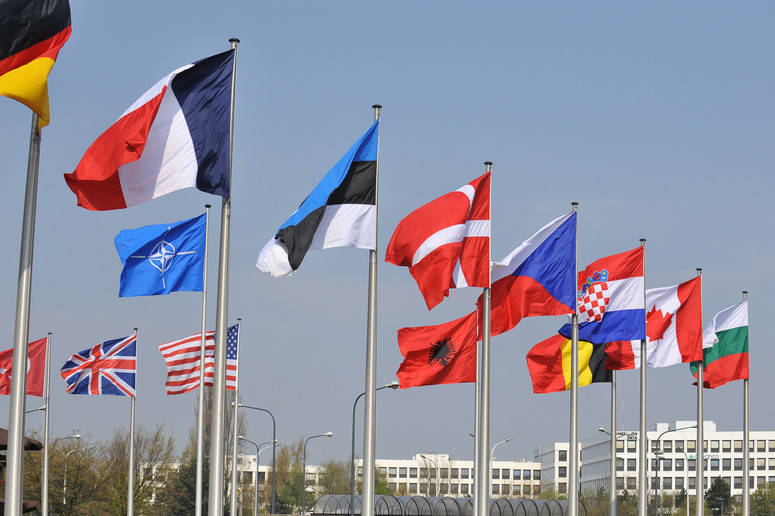
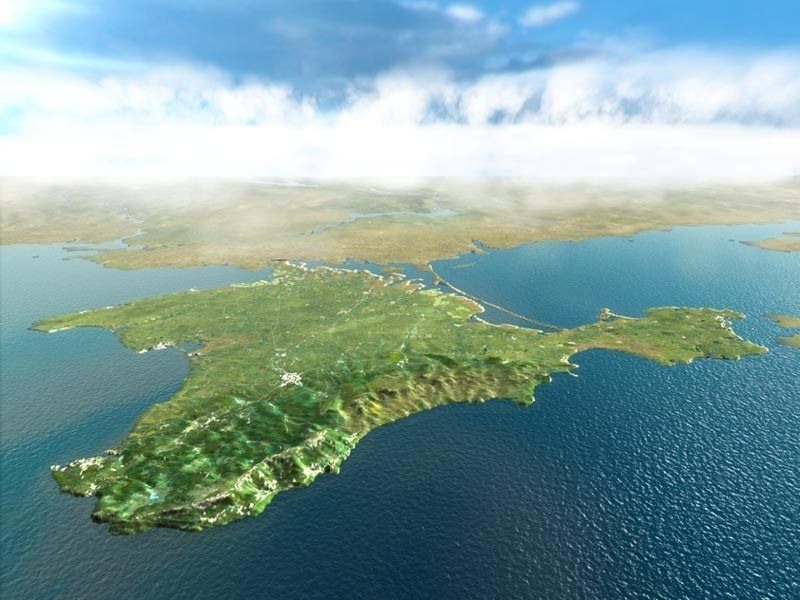
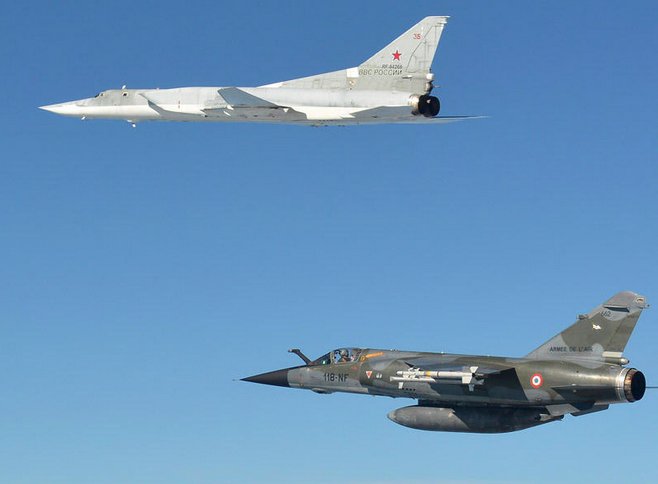
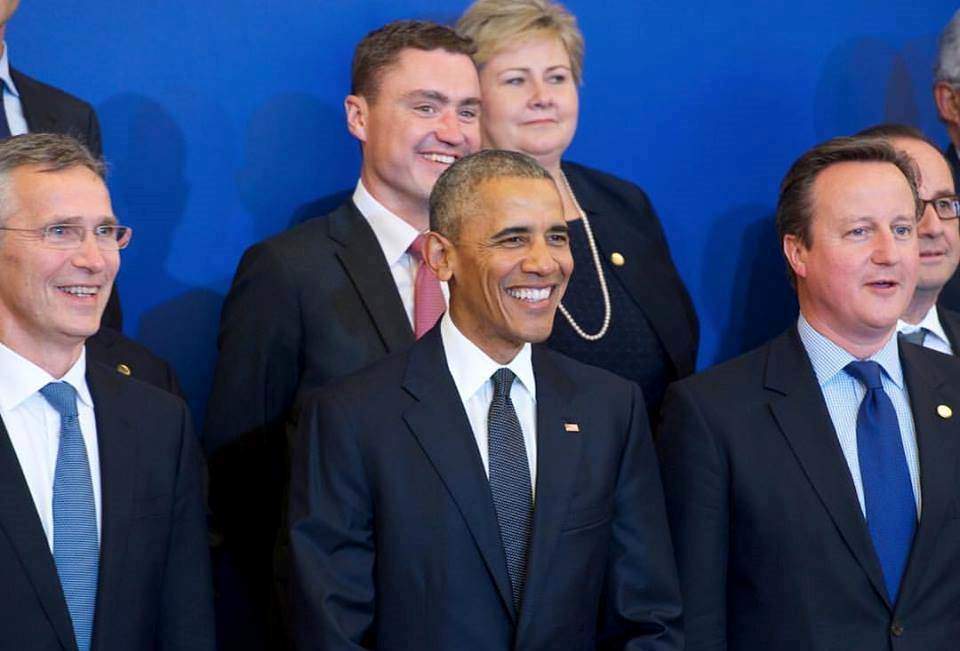
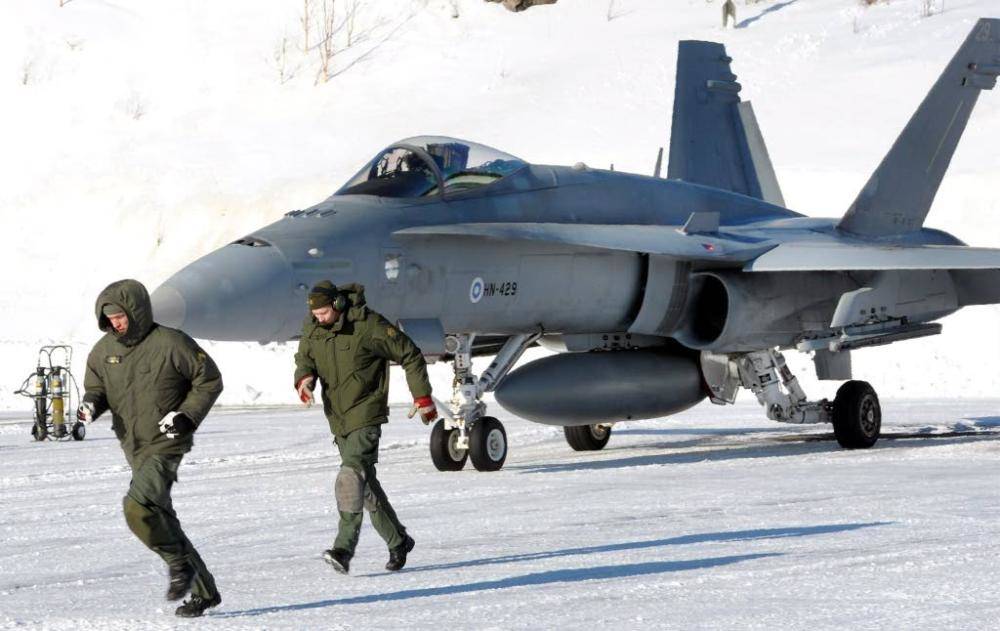

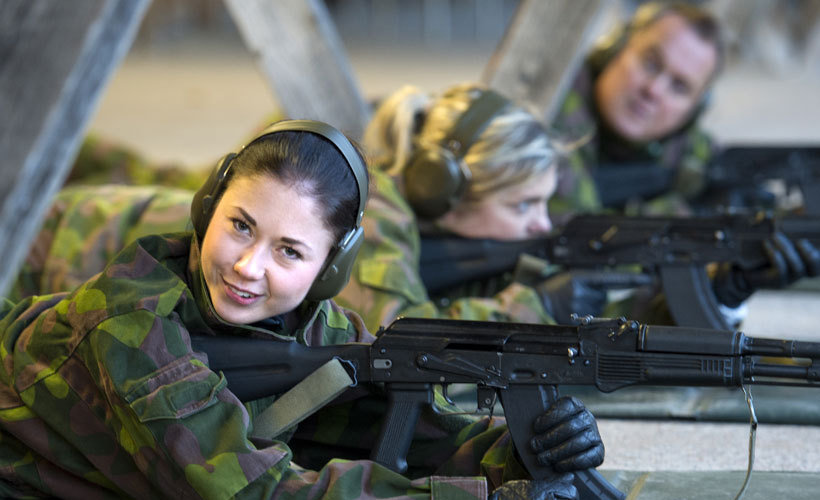


Kiitos! Ja kiitus! Even if much of this is hypothetical, this would have been unthinkable back in the Cold War era where the term ZFinlandization was coined to describe that country”s precarious situation.
Hope the potential crisis (Russian attack) quickly evolves with NATO air assets deploying to Finland so NATO de facto protection including its nukes extends to Finland and enables mobilization of its 280.000 field army supported by a well-trained patriotic 1M reserve. Then Finland can lend some of its 2000+ barrels artillery to the immediate crisis area.
Finland could send four times the Swedish artillery to the Baltics and it would barely register in the Finnish army strength. Artillery was decisive in stopping the massive Russian assault of 1M+ soldiers both Feb 1940 and Aug 1944.